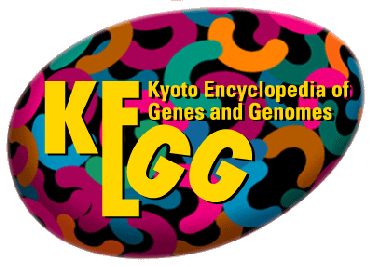Breous E, Somanathan S, Vandenberghe LH, Wilson JM
UNLABELLED: The mechanisms of tolerance in the liver that limit susceptibility to food allergy and that mediate the acceptance of liver transplants, even with a complete major histocompatibility complex (MHC) mismatch, remain poorly defined. Here we report that in a model of liver-directed gene transfer, cytotoxic T lymphocyte (CTL) responses to non-self antigens are controlled by hepatic regulatory T cells (Tregs) that secrete the immunosuppressive cytokine interleukin (IL)-10 in response to the antigen. In addition, Kupffer cells (KCs), normally thought to initiate immune responses, are rendered tolerogenic in this context. The depletion of KCs results in a complete abrogation of IL-10 production by hepatic Tregs, indicating an interaction between Tregs and KCs in the induction of tolerance. CONCLUSION: Our study suggests that hepatic Tregs together with KCs create a local suppressive microenvironment that prevents the establishment of the CTL response. These mechanisms provide pivotal insights and may prove instrumental in the tolerization toward non-self therapeutic proteins delivered to the liver.
04/07/2009
19575456
Hepatology (Baltimore, Md.) (
IF: 14.679 /
Quartile: 1)
WOS Cites: 177
SemanticScholar Cites: 205
SemanticScholar Citation Velocity: 12
SemanticScholar Influential Citation Count: 3






